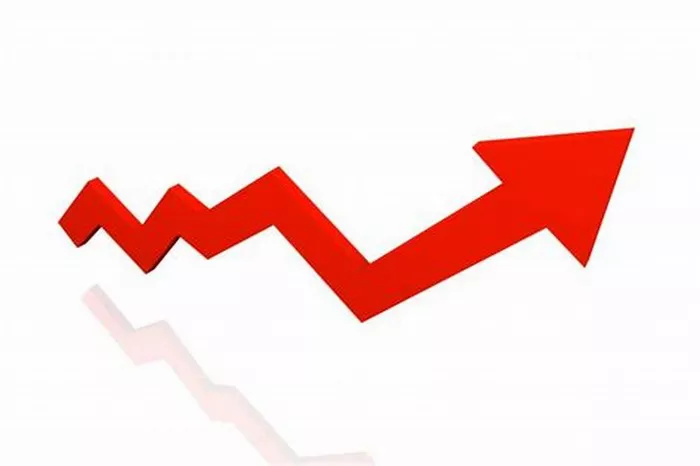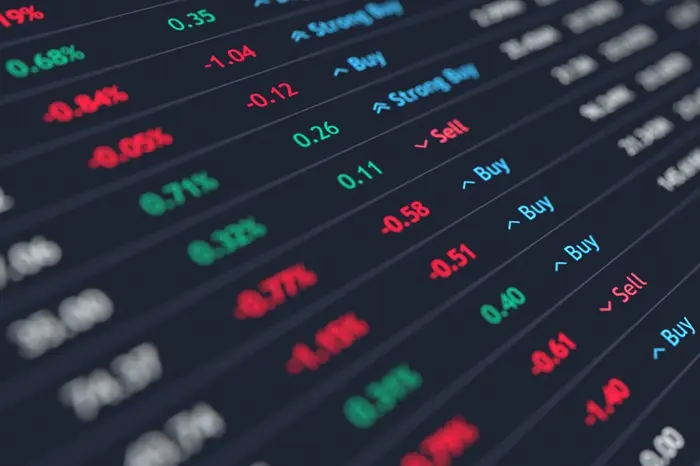Buying stocks on margin is a strategy that allows investors to purchase more stock than they could with just their available funds. It involves borrowing money from a broker to make investments, thereby amplifying both the potential for gains and the risks involved. Understanding the fundamentals of margin trading, its benefits, and its dangers is essential for any investor considering using this method.
In this article, we will explain what margin trading is, how it works, and the risks and rewards associated with buying stocks on margin. By the end, you will have a clear understanding of how margin trading functions and the implications for your portfolio.
What is Margin Trading?
Margin trading refers to the practice of borrowing money from a broker to buy stocks or other securities. Instead of using 100% of your own money to make a purchase, margin trading allows you to leverage your investment by borrowing funds, typically from a brokerage firm.
When you buy stocks on margin, you use a combination of your own capital (known as the initial margin) and the money borrowed from the broker. The amount of money you can borrow is usually determined by the margin requirement, which is set by both the brokerage firm and regulatory bodies.
How Does Margin Trading Work?
Opening a Margin Account
To begin margin trading, investors must open a margin account with a brokerage firm. This is different from a regular cash account. The margin account allows investors to borrow funds to purchase securities.
Initial Margin Requirement
When you make a margin purchase, the broker will require you to deposit a certain percentage of the total investment. This is called the initial margin. The rest of the money will be provided by the broker. For instance, if the margin requirement is 50%, you will need to invest 50% of the total cost, while the broker will lend you the remaining 50%.
Maintenance Margin
After your position is established, you are required to maintain a certain balance in your margin account. This is called the maintenance margin. If the value of your investment drops below this level, you may be subject to a margin call, which forces you to deposit additional funds to restore the required balance.
Buying Power
The amount of money you can borrow is called your buying power. Buying power is determined by the value of the assets in your margin account and the broker’s margin requirements. With margin trading, your buying power can significantly increase, allowing you to purchase more securities than you could with only your cash.
The Benefits of Buying Stocks on Margin
While margin trading increases the potential for both profits and losses, there are several benefits that investors may find appealing:
1. Leverage to Amplify Gains
Margin trading allows investors to use leverage. Leverage refers to using borrowed money to increase the potential return on an investment. For example, if you have $10,000 in your account and you purchase $20,000 worth of stock on margin, you are using leverage to amplify your potential gains.
If the stock price increases, your return on the initial investment is much higher compared to if you had used only your own funds. The potential for greater returns is one of the main reasons that investors use margin.
2. Increased Buying Power
Margin trading allows investors to purchase more stocks with less money. This increased buying power can be beneficial for investors who wish to diversify their portfolios without needing to use additional capital.
For instance, if an investor has $50,000 in their margin account and can borrow up to $50,000 more from their broker, they can purchase $100,000 worth of stock. This offers a greater opportunity for diversification and exposure to different sectors.
3. Potential to Profit in Different Market Conditions
Margin trading is not limited to just buying stocks. Investors can also use margin to short-sell securities or trade in other markets, such as options or futures. This flexibility can be especially valuable when market conditions are volatile, as margin can be used to capitalize on various market movements.
For example, in a declining market, an investor could use margin to borrow shares and sell them (short selling) in the hope that the price will fall. If the price drops, the investor can buy back the shares at a lower price, repaying the broker and keeping the profit.
The Risks of Buying Stocks on Margin
While margin trading can boost profits, it also carries significant risks that investors must carefully consider before engaging in this strategy.
1. Increased Potential for Losses
The most significant risk of margin trading is the increased potential for losses. If the stock price goes down instead of up, you will not only lose your own money but also owe money to the broker. For example, if you bought $20,000 worth of stock with a $10,000 loan and the stock value drops to $15,000, you still owe the broker $10,000. This means your loss is magnified.
In some cases, the broker may require you to repay the loan even if the investment has lost value, which could lead to financial strain.
2. Margin Calls
If the value of your margin account falls below the maintenance margin, the broker will issue a margin call. This means that you are required to deposit additional funds or sell some of your securities to restore your account balance to the required level.
If you are unable to meet the margin call, the broker may sell your securities to cover the loan. This can result in realizing losses that you may not have intended, potentially eroding your capital.
3. Interest on Borrowed Funds
When you borrow money to trade on margin, you will need to pay interest on the borrowed funds. The interest rates charged by brokers can vary, but they are typically higher than the rates on other types of loans. The cost of borrowing can eat into your profits, especially if the market doesn’t move in your favor.
If the price of the stock doesn’t increase sufficiently to cover both your initial investment and the interest charges, you could end up losing money despite a small price movement.
4. Forced Liquidation
If you fail to meet a margin call or if your position becomes too risky, your broker may liquidate your assets without your consent. Brokers have the right to sell your securities in order to recover the borrowed funds. This forced liquidation can lock in losses, and you may not have the opportunity to wait for the market to rebound.
5. Emotional Impact and Risk of Over-Leverage
Margin trading can lead to emotional decision-making, especially when markets become volatile. The possibility of large gains and losses can drive investors to take excessive risks. In some cases, this can lead to over-leveraging, where investors borrow more money than they can comfortably repay, increasing the risk of financial ruin.
How to Buy Stocks on Margin: Step-by-Step Guide
Step 1: Open a Margin Account
The first step is to open a margin account with a brokerage firm. This requires filling out an application, agreeing to the terms, and providing information about your financial situation and investment experience. The brokerage will also set a credit limit for the amount you can borrow.
Step 2: Deposit Funds into Your Margin Account
You will need to deposit an initial amount of money into your margin account. This money serves as your own equity, and you will use it as collateral to borrow funds from the broker.
Step 3: Determine the Margin Requirement
The broker will provide you with the margin requirements for buying stocks on margin. This could be 50%, meaning you can borrow up to 50% of the value of the stock you want to purchase. It’s important to understand these requirements, as they determine how much leverage you have in your account.
Step 4: Place a Margin Trade
Once your account is set up and funded, you can place a trade to buy stocks on margin. The broker will lend you the necessary funds to complete the transaction. The stock purchased becomes collateral for the loan.
Step 5: Monitor Your Account and Stay Within Limits
After making a margin purchase, it is important to regularly monitor your portfolio. Keep an eye on the stock price and ensure that the value of your account remains above the maintenance margin level. If the stock price decreases significantly, you may need to deposit additional funds to avoid a margin call.
Conclusion
Buying stocks on margin can be an attractive way to leverage your investment and gain exposure to more securities than you could with only your available funds. It increases buying power, offers potential for higher profits, and allows for more flexibility in different market conditions. However, margin trading also carries significant risks, such as magnified losses, margin calls, interest payments, and forced liquidation.
Investors must weigh the potential rewards against the risks and use margin trading carefully, with a clear understanding of their financial situation and tolerance for risk. Always remember that margin trading is not for everyone, and it is crucial to use this strategy only after conducting thorough research and seeking advice from financial professionals.
By following sound risk management practices and remaining disciplined, you can harness the power of margin trading effectively while minimizing the dangers it poses.
Related topics:

































